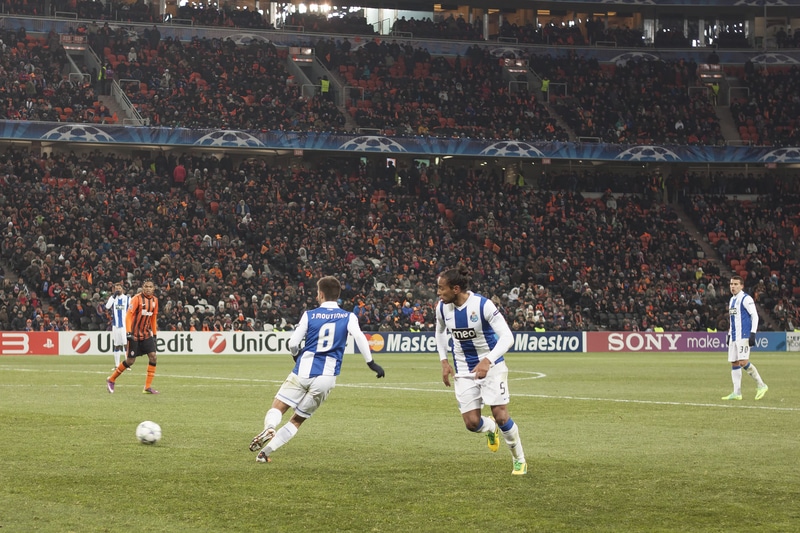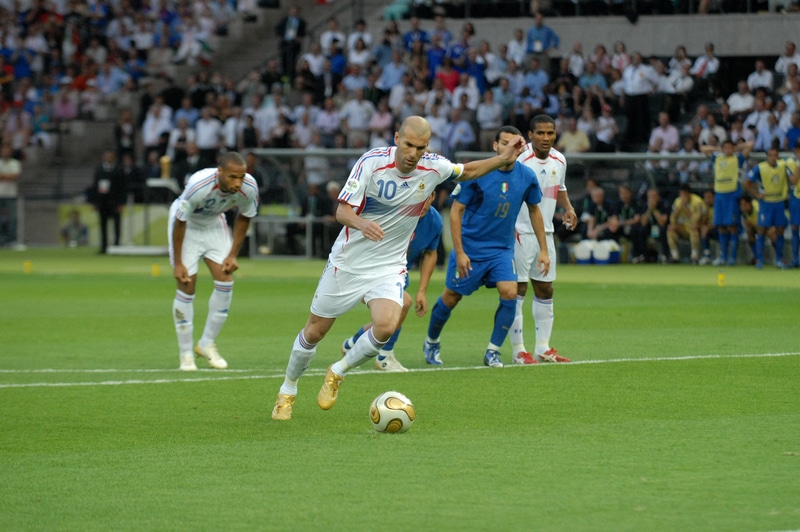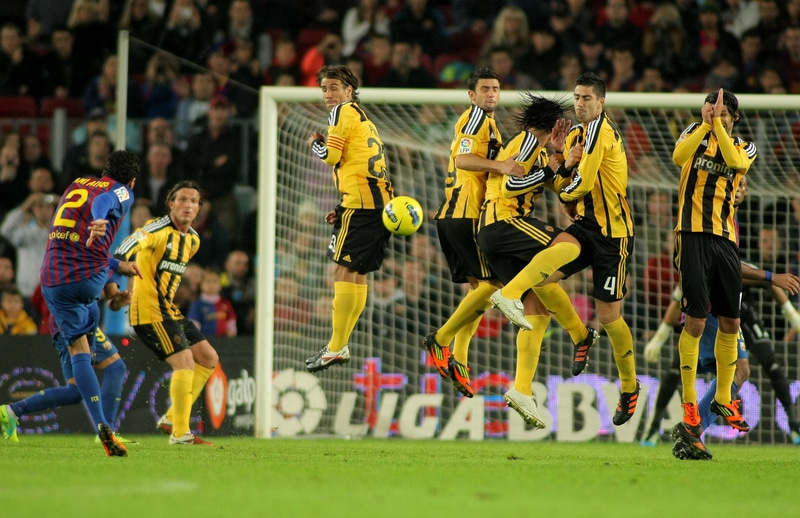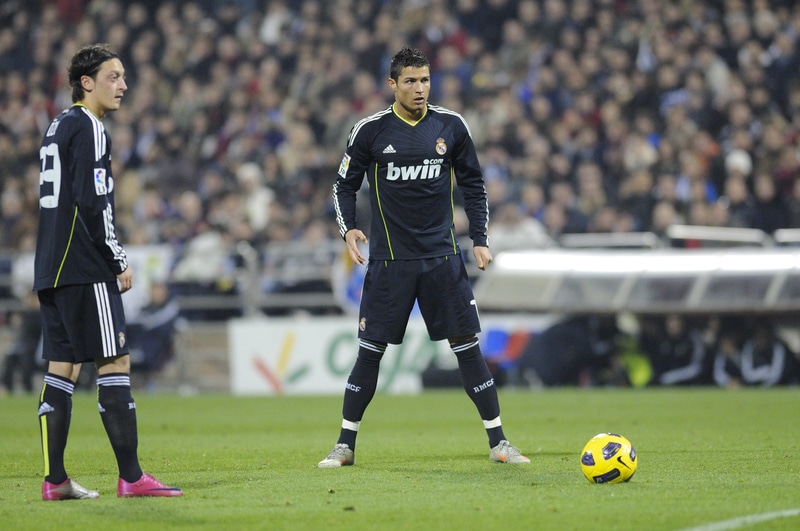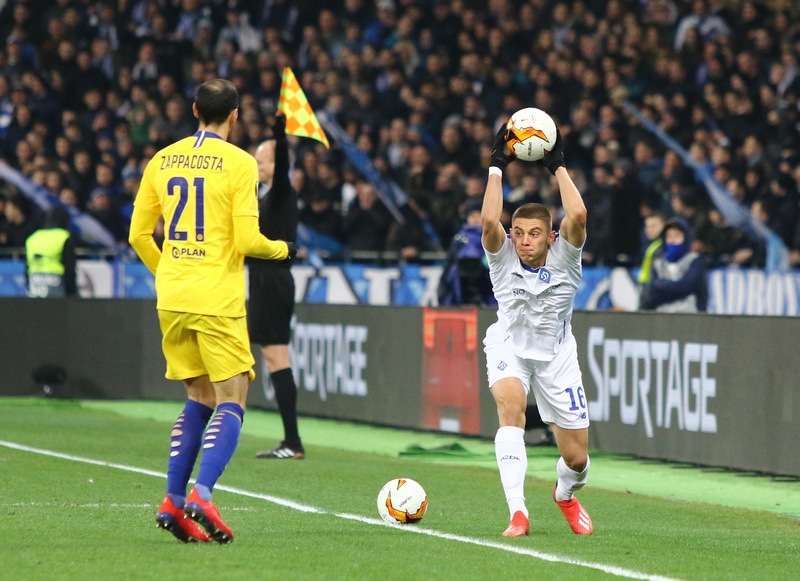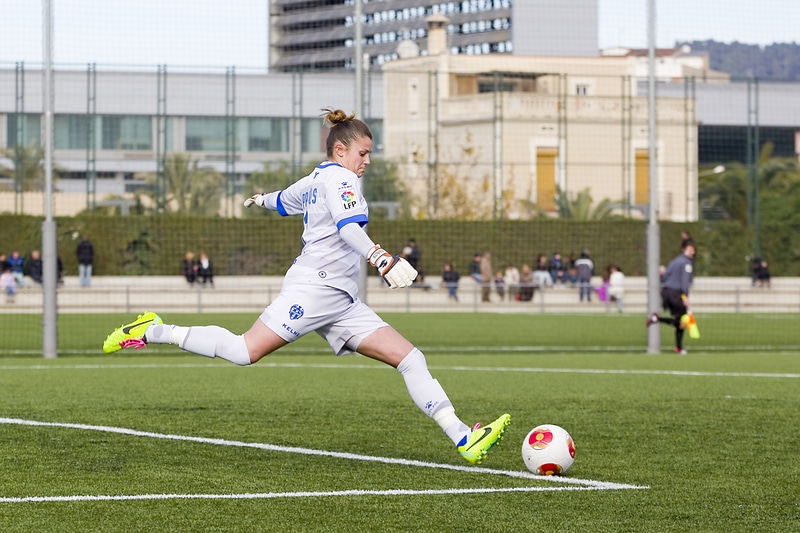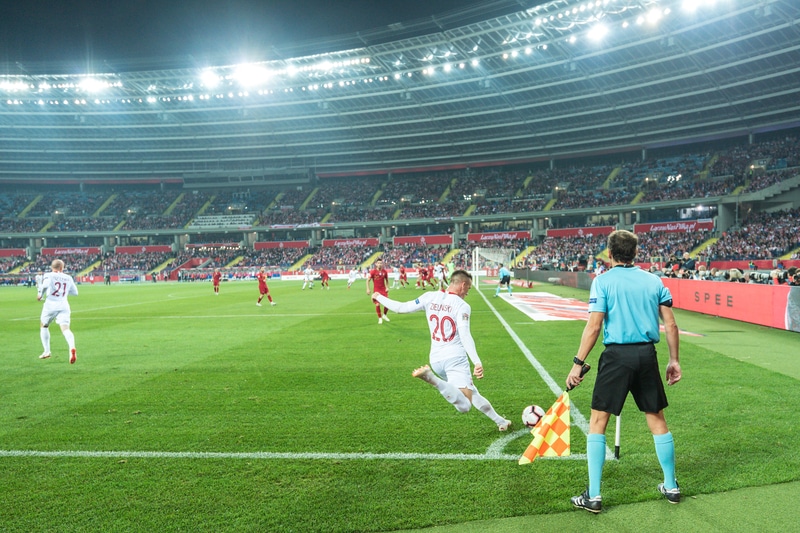Last updated on November 6th, 2023 at 07:36 pm
A set piece in soccer is the immediate play after a dead ball or stoppage in action. A set piece can result from a throw-in, free kick, penalty kick, goal kick, ball going out of bounds, handball, or corner kicks from the attacking team to try and score a goal. Teams practice set pieces to go over different attacking formations, strategies, ways to trick the defense, and more to set up the best chance to score a goal from the set position.
Anything that requires a restart in action can be a set play, depending on how aggressive the attacking team wants to get on their drive.
What is an Example of the Different Types of Set Pieces in Soccer?
Penalty Kick
A penalty kick occurs when there is a foul from an offensive player in a scoring position with the ball. When this happens, the player takes an uncontested penalty kick against the goalie to score a goal. A penalty kick is the best set-piece opportunity for a team to score since, according to The Athletic, teams score close to 80% of the time from this attempt.
Direct Free Kick
A direct free kick allows the soccer player kicking the ball to score directly from their kick, even if their teammates don’t touch the ball. A traditional direct free kick has the kicker running up to kick the ball toward the net. In this case, the defending team creates a wall to make it harder for the kick to get toward the goal, so teams might get creative with this to set up a set piece.
Teams get creative with the direct kick by disguising who will take the kick. Sometimes, one player will start to trout towards the ball but then stop, and another player near them will run up to take the shot. The change in who is kicking might throw off the goalie positioned on one end of the goal, which could result in a goal from the direct free-kick play.
Indirect Free Kick
An indirect free kick tends to occur after an offsides penalty or a foul to a player in a non-scoring position. Teams can use the indirect free kick as a set piece rather than simply kicking it to a teammate to resume action. Since an indirect free kick can’t score directly from the kick, a teammate must also touch the ball before the ball can go into the goal.
One way to utilize the indirect free kick as a set piece is to angle your kick toward your opponent’s goal and set up a header for your teammate to hit the ball. Usually, the striker is the best player for this type of play since they have the most experience not going offside before the kick and can time their jump the best for a header.
Throw-in
A throw-in can’t result in a goal from the original toss by the soccer player. Since that is the case, teams will run different formations to set up their team to handle the pass from the sidelines. Some teams like to give a quick catch and go from the throw-in, which means they trap the ball, pass it back immediately to the thrower, and then that thrower takes a shot at the goal.
Goal Kick
A goal kick can result in a set piece if that goalie can kick the ball far down the field to their teammates to set up their drive. However, goalies can also disguise their intentions by kicking a short pass to a teammate to draw the defenders down to their side of the field. From there, their teammate can pass the ball back to the goalie, who can then boot the ball far down the field to set up an offensive drive for their offense.
Corner Kick
Usually, teams will kick the corner toward the penalty area on the pitch for their teammates to try and kick or head the ball into the goal. Players can also score a goal from a corner kick from their shot, which the goalie needs to be aware of when the kick occurs. Typically, this is how most corner shots happen in a soccer match.
However, teams can run a short corner kick play where the player looks like they are running up to kick the ball towards the penalty area, but they make a short pass to their teammate instead. From there, a player could pass the ball quickly to the original kicker as they run towards the goal to set up a shot to score. Running this play catches the defense on their heels since they stacked most of their players in the penalty area and didn’t have anyone ready to guard the original corner kicker on the pitch.
Why is Set Pieces Important in Soccer?
Stoppage time is part of soccer games that results in the restart of the game’s action. Rather than throwing the ball back onto the pitch or kicking it to a teammate after the stoppage without much thought, teams can take advantage of this moment to create a set play. Making a set play, especially one that catches the defense off guard, can set up a goal for the attacking team.
Soccer coaches and their team practice set plays routinely to get the format and flow down of the play. For example, the midfielder and striker might work together on some set pieces during practice to get the timing down just right before a game. Something like a lob pass from an indirect kick where the striker will run and jump to head the ball into the goal is something teams practice over and over again.
Conclusion: What is a Set Piece in Soccer?
In summary, a set piece in soccer results from a stoppage in play that gives the offensive team an uncontested opportunity to pass or shoot the ball. Set pieces can come from a free kick, goalie kick, corner kick, penalty kick, and throw-in. The goal of the set play is to catch the defense out of position and to try and set up a scoring opportunity from the restart of the action.
Similar Posts:
What are Soccer Supporter Groups?
Why Do Soccer Games End in a Tie?
What is Stoppage Time in Soccer?
Greg Kristan, owner of The Stadium Reviews, LLC and TM Blast, LLC, brings his extensive experience visiting over half of the MLB ballparks, along with numerous MLS, NHL, NBA, and NFL venues, to provide in-depth coverage on the bag policy, food options, and parking. He has also been interviewed about his experiences on several sports podcasts.

